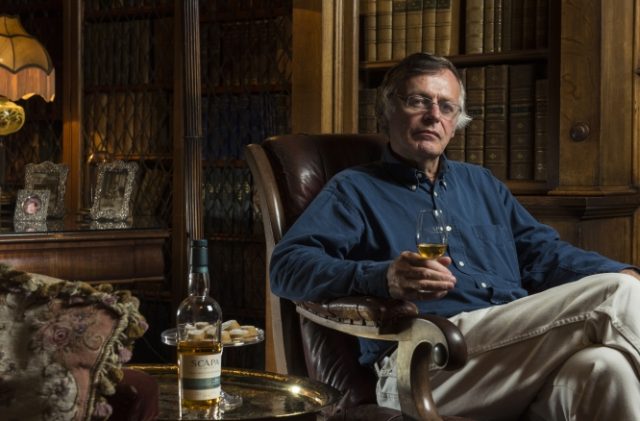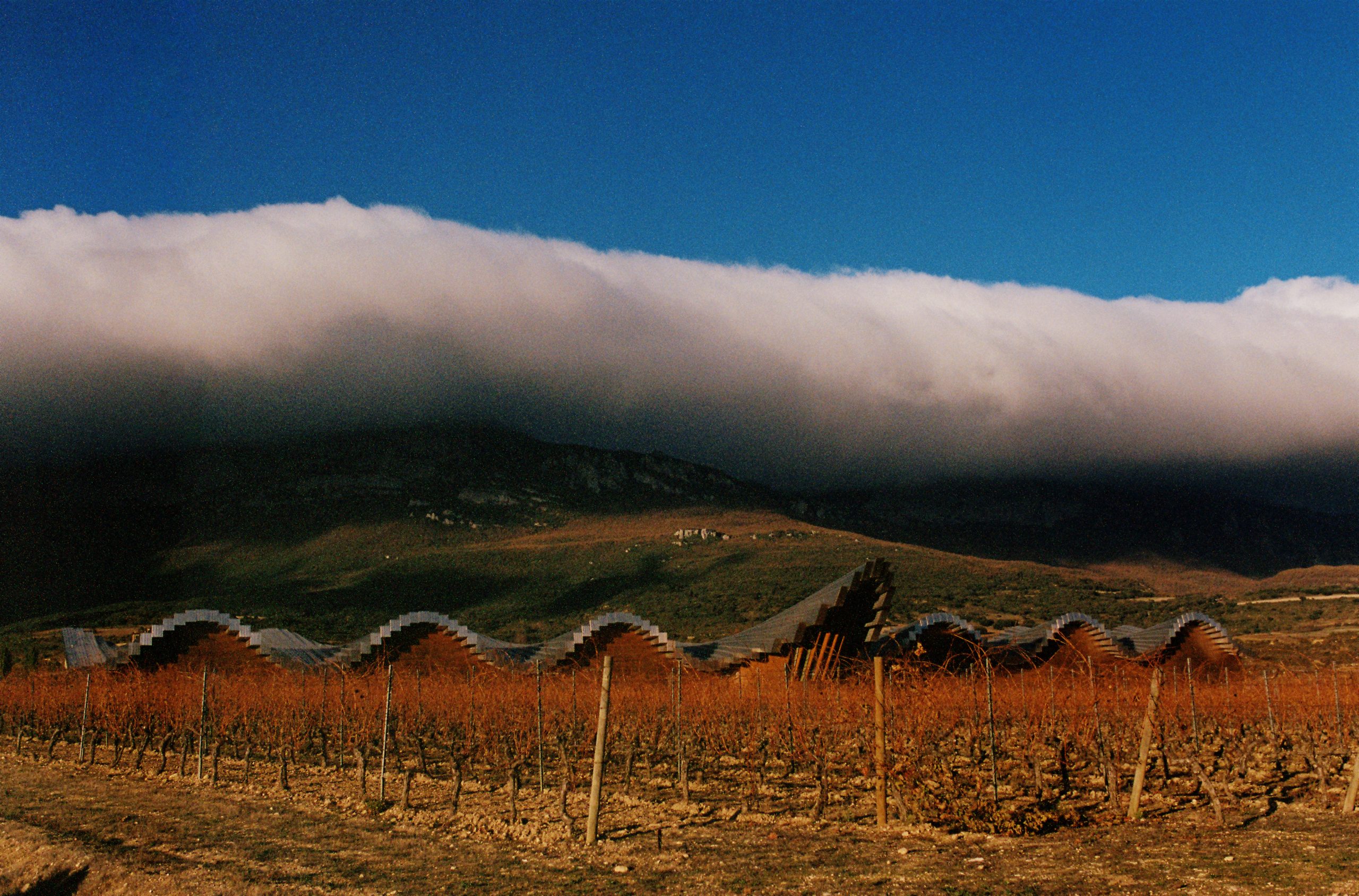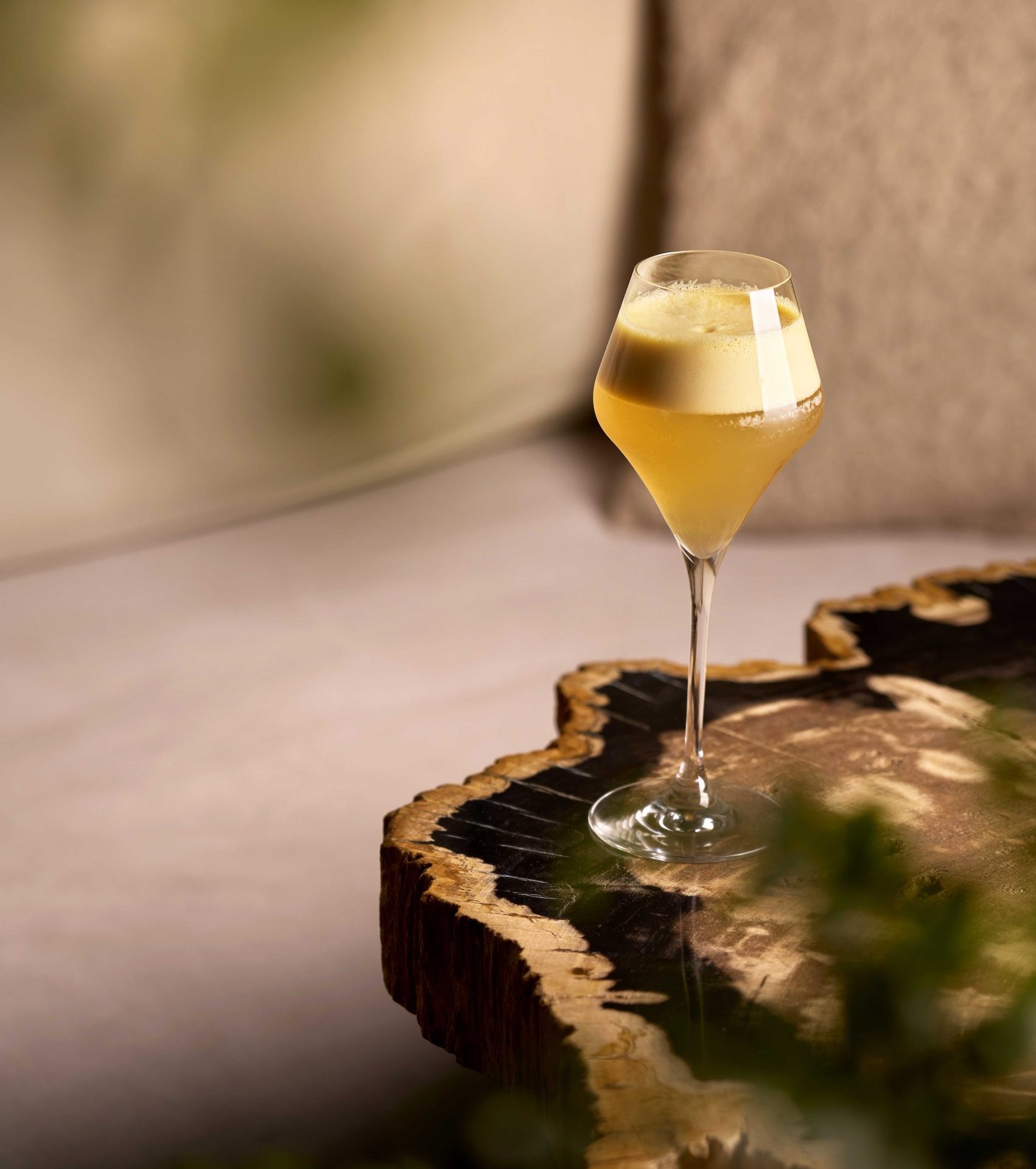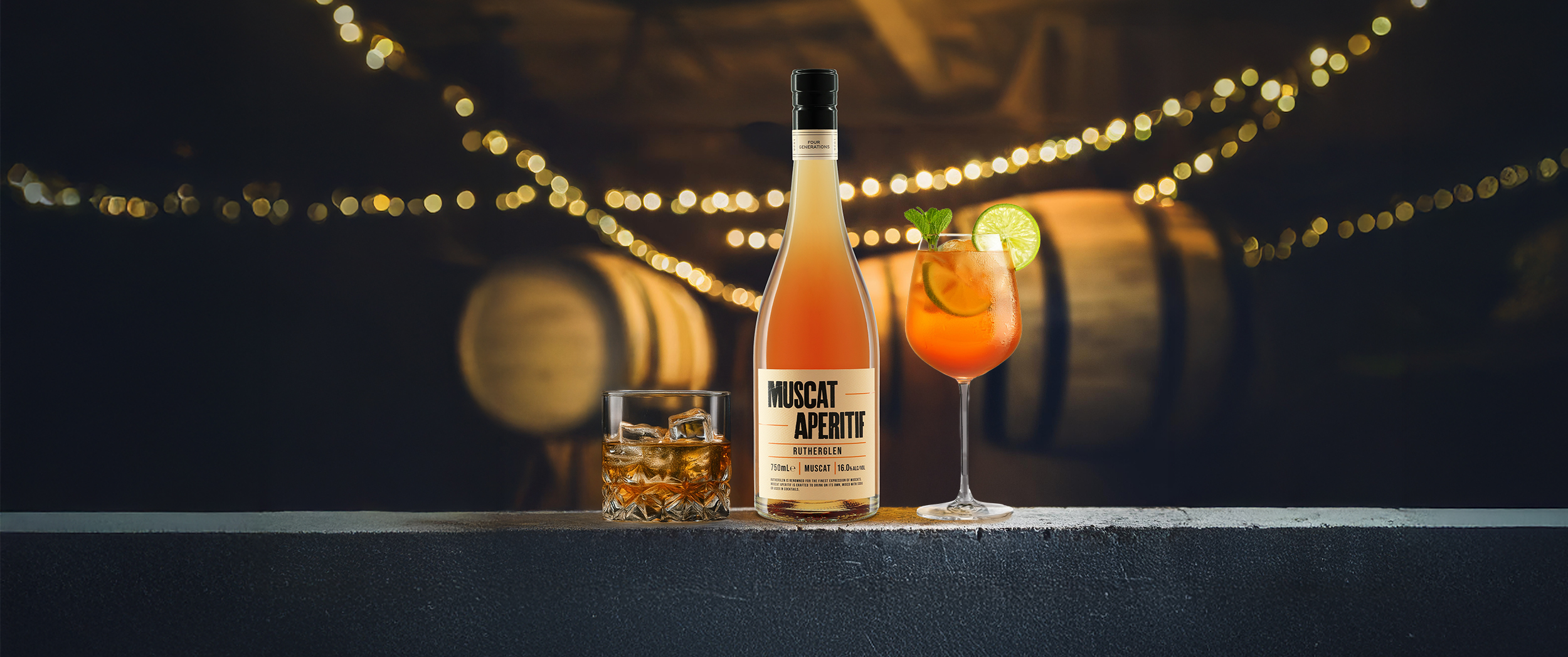Inside the world of whisky heists, beer bandits and fake wine
Journalist Mike Gerard, author of Behind Bars: whisky heists, beer bandits and fake million-dollar Wines, tells db what drew him to drinks crime, what shocked him the most about the White House during Prohibition and the evolving role of AI in wine fraud.

Historical accounts of smugglers and bootleggers sneaking booze across borders during Prohibition still captivate, but there there’s no lack of new tales to tell.
Last year news broke of a an NT$2trillion (US$65 million) wine fraud ring in Taiwan, with those arrested accused of defrauding investors out of billions of pounds over a seven year period (2015-2022).Then there’s the well-worn saga of Rudy Kurniawan, convicted wine fraudster, who sold fake wines worth around $30million between 2004-2012.
Mike Gerrard, a US-based journalist, has endeavoured to assess the murky world of alcohol crime in his latest book, Behind Bars: True Crime Stories of Whiskey Heists, Beer Bandits, and Fake Million-Dollar Wines, which recounts stories of what happens when alcohol meets crime.
From illicit stills in the Scottish Highlands to moonshine in the US, rum smuggled by Caribbean pirates to the roaring 20s, to current-day gangs selling millions of dollars’ worth of fake Bordeaux, highlighting some of the world’s most bizarre alcohol-related crimes.
Gerrard, an award-winning travel and drinks writer whose work has appeared in the Washington Post, The Times of London, The Huffington Post, and BBC Travel, among others, is also the author of Cask Strength, which investigates the power of the barrel in creating world class spirits.
We speak to the seasoned journalist about what drew him to writing about drinks crime, the role of AI in wine fraud and his thoughts on how to stay savvy.
What inspired you to write about crime and fraud in the drinks industry?
After finishing my previous book, Cask Strength, I was looking round for another drinks book idea. I read a lot of crime fiction and a lot of True Crime books, and obviously also a lot about the drinks business, the history of different spirits, and so on. I started noting down interesting incidents of crimes, wondering if any of them might make for a book, when I realised that it would be a great idea to bring all these stories together in one place, from illicit stills in the Scottish Highlands, moonshining, Prohibition, fake wines, or whatever.
What’s the most shocking case of wine / spirits / beer crime you came across in your research?
It might be naïve of me, especially given very recent history, but I was actually shocked when I read a story about how the White House kept itself stocked with liquor during Prohibition. Surely our law-makers should observe the laws they’re imposing on everyone in the country? Yes, definitely naïve, especially where politicians are concerned.
Why is the world of wine and crime so fascinating? Why is there an appetite for books like this?
People are certainly fascinated by crime, whether it’s fact or fiction. I think we like to get glimpses of what’s going on in the criminal world without putting ourselves in any danger. We like to see justice done, but I think we also admire the people who get away with outrageous crimes, as long as it’s not murder or other violent crimes. We want to know who dunnit, but also how they done it. Most people also enjoy a drink, and can probably relate to the guy who breaks into a liquor store, or the moonshiner making liquor in order to make a little money. You might not approve of it 100%, but I think there’s a part of you who quietly thinks: ’Good for them.’
Partner Content
How do the alcohol bootleggers and bandits of the past, which have a tendency to be romanticised as anti-heroes, compare to modern wine thieves and criminals?
It’s easier to romanticise the past. Like Bonnie and Clyde, almost folk heroes, yet they murdered at least 13 people including police officers and innocent bystanders. If that had happened this year, we’d be rooting for the police to hunt them down. So I don’t think anything has changed, it’s just our relative perspective on things. It may be that today’s criminals are more organized into gangs, and may be more brutal – but look back at someone like Al Capone: you couldn’t find a bigger gang with more brutal behaviour.
Do you see any trends in drinks crime or new types of drinks fraud emerging?
I don’t think so. It basically comes down to – you steal something, you fake something, or you make something illegally. And the targets are always going to be your rare whiskies and high-end wines. OK, your low-end criminals will be happy to steal a $10 bottle of vodka, but your professional criminals will always want to go where the money is.
How can consumers and collectors stay savvy?
Read the section in my book with advice on that! It’s harder for consumers because you assume that if you go into a reputable store and see a reputable brand of wine or spirits, then it’s going to be genuine. You would really have to be eagle-eyed and super-vigilant to notice anything suspicious about a bottle. But for collectors – just don’t be dumb, and don’t be greedy. If something sounds too good to be true, then it probably is. And always take your time. Don’t be pressured into investing in something. Do your due diligence. Ask your friends what they think.
What role do you think artificial intelligence will play in future drinks crime and prevention?
I’m a big fan of AI while still being nervous about some of its implications, and knowing we don’t really know where it’s going to lead us. But if it can be used to help doctors diagnose ailments, or to help teachers plan lessons, then it can certainly be used to help police or drinks producers to identify fake bottles more easily, or if a single expensive bottle of whisky has been stolen, to figure out who asked for it to be stolen for their collection.
Is it becoming harder for criminals to get away with fraud, or are there still too many loopholes that can be exploited?
I think for every loophole that gets closed or bit of new technology that gets brought in to prevent fraud, the crime gangs will only ever be one step behind in countering it. This kind of crime is as prevalent today as it ever was. If people can make fake bank notes, they can certainly make fake wine or whiskey labels.
If you could interview one figure from your book, past or present, who would it be and what would you ask them?
Good question! I can think of several, like the eccentric moonshiner Popcorn Sutton, or the bootlegger George Remus, who was a fascinating man – but there’s no point in coming up with a question, as you wouldn’t get a straight answer anyway.
Behind Bars: True Crime Stories of Whiskey Heists, Beer Bandits, and Fake Million-Dollar Wines, is available in the US and Canada from 8 October and the international publication date is 8 December.
The book is available to order through Amazon, Barnes & Noble, Book-A-Million, and Bookshop.org, as well as select brick & mortar locations.
Related news
Scientists find smartphones can detect off-flavours in beer
Why indie beer is fighting for ‘survival’ against global breweries




